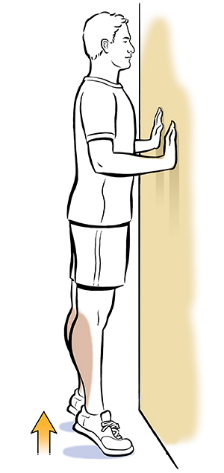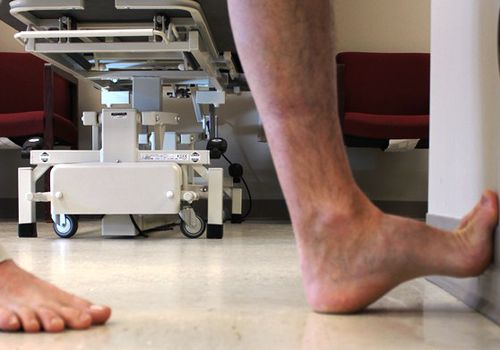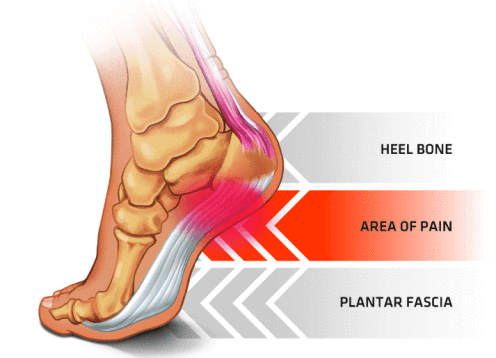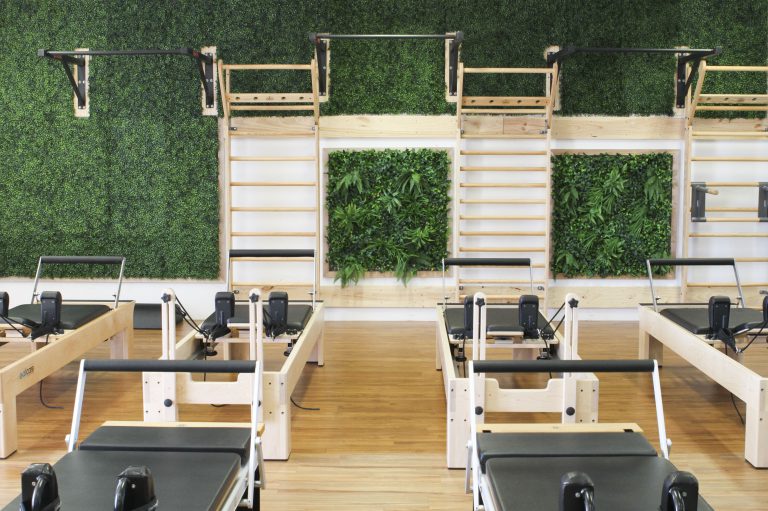What is Plantar Fasciitis?
Plantar Fasciitis is one of the most common causes of foot and heel pain. Plantar fascia is a thick band that supports the arch of the foot during weight bearing. With overuse, the plantar fascia can become irritated or inflamed leading to the condition known as plantar fasciitis. Typically, there will be a sharp, stabbing pain in the heel that is usually worse with the first steps in the morning. However, pain can also occur with extended periods of standing or when getting up to walk after sitting for several hours. The most common causes of plantar fasciitis are:
- Flat footed or high arches
- Poor biomechanics
- Being overweight
- Prolonged walking/standing on hard surfaces
- Wearing shoes with poor arch support or stiff soles
- Stiffness in muscles
- Pregnancy
How to manage Plantar Fasciitis
1. Tape / orthotics
A tape commonly performed for this type of treatment is called a low dye tape. It is attached to the sole of the foot for support of the collapsing arch. If this form of tape is effective, then generic orthotics may be one solution to your symptoms. This allows for quick relief while you work with your physiotherapist to gain arch control and strength.
2. Load modification
if your pain is due to a sudden overloaded Fascia, we suggest going through a period of offloading then gradual increasing the load while working to build support and strength with physiotherapists. Easy ways to break down your load would be transitioning more time between sitting and standing. Having more frequent rests or cutting down the distance you have been running by 50% initially will allow for decrease in over loading. Over time then we gradually get you to work on increasing this load by 5-10% fortnightly while ensuring symptoms do not spike with increases.
3. Strength exercises
Two classic exercises for the foot and ankle will be heel raises and towel curls.
Heel Raises: Stand at the wall or counter for support and raise onto your toes, then lower your heels back to the ground slowly. Go up and down until your feet are fatigued. Perform two or three sets. As you build strength, you can progress to standing on one foot and then to standing on one foot with your heels hanging off the edge of a step so that they can drop lower.
Towel Curl: Sit in a chair and place a towel on the floor under your painful foot. Curl your toes toward your body and work to scrunch up the towel. Repeat 10 times.

4. Release strategies
Plantar fascia irritation may be improved by releasing muscle around the region. Calf and plantar muscle are the main drivers in heel pain especially when tension develops in these regions. Using equipment like hard balls and rolling pins over these regions can help to offload these muscles. Using ice water bottle for relief agent to the fascia may also assist.
5. Stretching exercises
Toe Stretch: Sit in a chair and cross your bad foot over the opposite knee. Pull back on your toes to stretch the bottom of your foot. Hold it for 10 seconds while massaging the bottom of your foot. Repeat three times.
Calf Stretch: Lightly rest your hands on a wall or counter for support and stand with one foot forward and one foot back. Bend your front knee and lunge forward from your hips, keeping your back upright. Keep your back leg pointed straight forward and your knee straight and press your heel down on the floor. Hold this position for 30 seconds and repeat three times on each side.

6. Ice
In this condition, small tissue tears and inflammation commonly develop. Ice is used as a vehicle for reducing inflammation and providing relief. The bottom of the heel is typically the most painful area of the foot in the condition of Plantar Fasciitis, but the arch may also be very sore. How Long to Ice Plantar Fasciitis: It is ideal to ice your heels for 10-20 minutes. When you ice for less than 10 minutes you may experience temporary numbness but not the added benefits of reducing inflammation. If you ice for more than 20 minutes, your icing may become counterproductive by increasing blood flow to the area and worsening inflammation rather than decreasing inflammation.
The treatment of plantar fasciitis is very simple and successful. After assessing the cause of plantar fasciitis, your physiotherapist will discuss the treatment plan with you and will guide you through series of stretches and exercises throughout your recovery.

If you are suffering from plantar fasciitis or have any questions, please feel free to contact us on 9297 1188.
By Brooke Lavell
Physiotherapist


